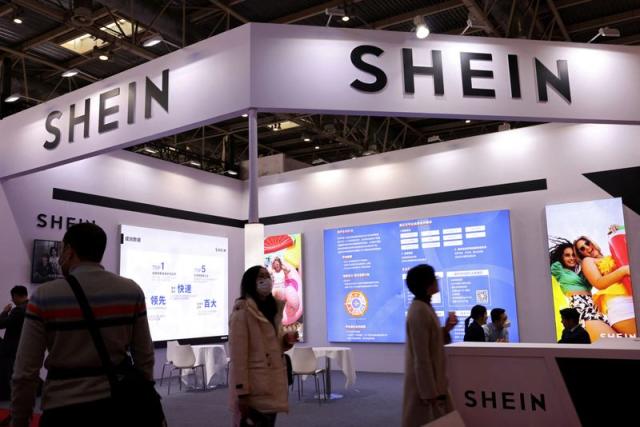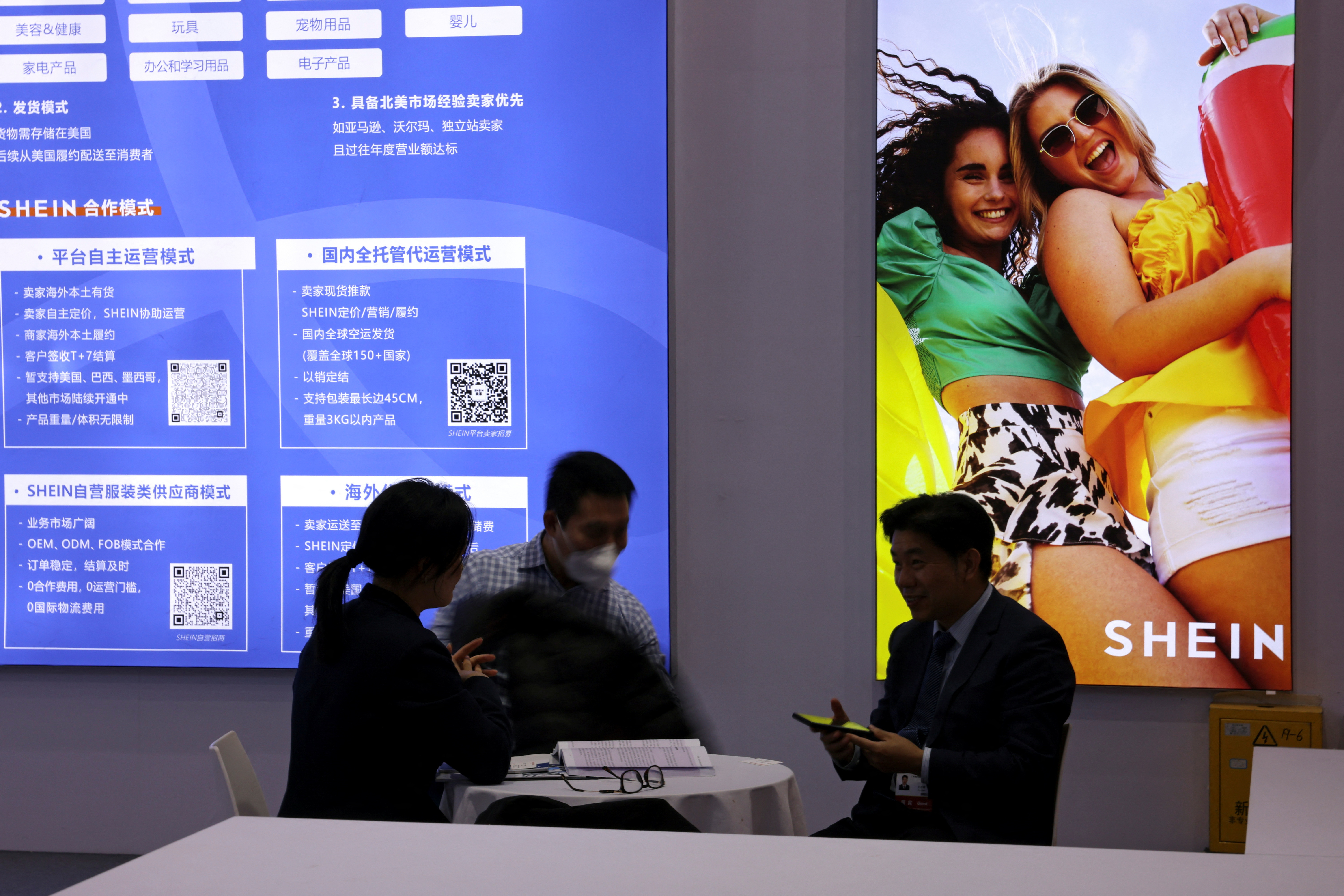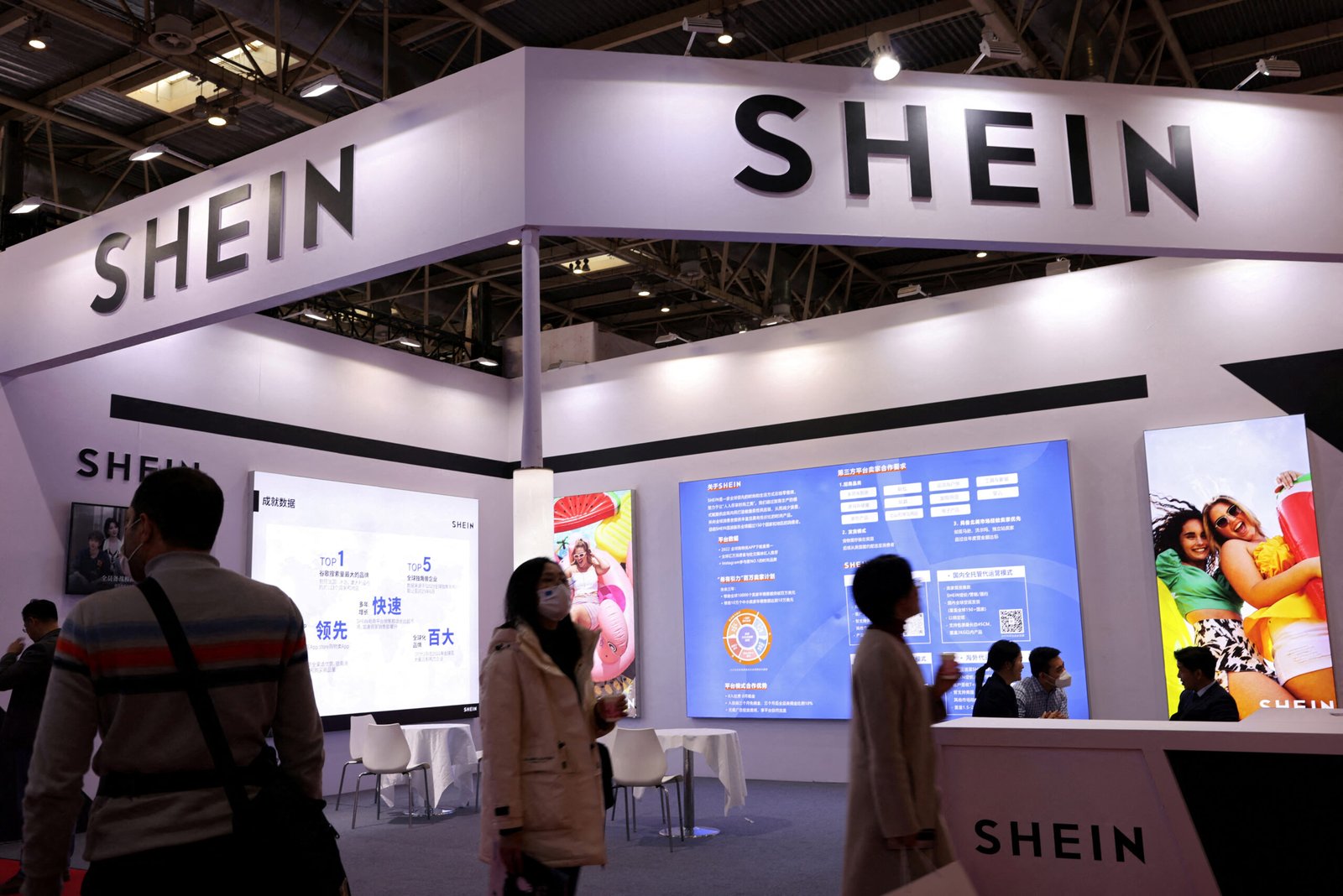Shein outgrew Zara and H&M by leveraging data-driven insights and a nimble supply chain. It pioneered Fast-Fashion 2.0 through rapid production cycles.
Shein’s rise to the top of the fast-fashion industry is remarkable. Founded in 2008, Shein utilized a data-driven approach to understand consumer preferences. This allowed the company to produce trendy clothes at lightning speed. Shein’s supply chain is incredibly agile, enabling it to bring new designs from concept to shelf in just a few weeks.
The brand has mastered social media marketing, engaging influencers and targeting young shoppers effectively. Shein’s competitive pricing also attracts budget-conscious consumers. This combination of factors propelled Shein to surpass industry giants like Zara and H&M, revolutionizing fast fashion for a new generation.
Rise Of Shein
Shein has taken the fast-fashion world by storm. It has outpaced giants like Zara and H&M. Shein’s rise is a story of innovation and agility. How did Shein achieve this? Let’s dive into its journey.
Early Beginnings
Shein started in 2008 in China. Its founder, Chris Xu, saw a gap in the market. He noticed that young women wanted trendy clothes fast. Chris Xu used his marketing skills to meet this demand.
Shein began as a small online store. It focused on wedding dresses at first. The company quickly expanded its catalog. Soon, it offered a wide range of fashion items. From dresses to accessories, Shein had it all.
Key Milestones
Shein’s growth can be mapped through key milestones. These milestones highlight its rapid ascent.
| Year | Milestone |
|---|---|
| 2008 | Shein is founded by Chris Xu. |
| 2012 | Shein expands its product range. |
| 2015 | Shein launches its mobile app. |
| 2020 | Shein becomes the most downloaded shopping app. |
In 2015, Shein launched its mobile app. This was a game-changer. The app made shopping easy and fun. By 2020, Shein was the most downloaded shopping app in the world.
Shein’s success is due to its innovative approach. It uses data to predict trends. It also has a fast supply chain. This allows Shein to bring new styles to market quickly.

Business Model
Shein has revolutionized the fast-fashion industry with its unique business model. Unlike traditional brands like Zara and H&M, Shein focuses on a data-driven approach and supply chain innovations. These strategies have enabled Shein to outgrow its competitors and pioneer Fast-Fashion 2.0.
Data-driven Approach
Shein’s success lies in its data-driven approach. The company collects data from various sources, including social media, customer reviews, and browsing behaviors. This data helps Shein identify emerging trends and customer preferences quickly.
Based on this data, Shein can design new products and bring them to market faster than competitors. They use AI algorithms to predict what customers will want next. This ensures that Shein always has the latest styles available.
- Social media analysis
- Customer reviews
- Browsing behaviors
Supply Chain Innovations
Another key factor in Shein’s success is its supply chain innovations. The company has a highly efficient supply chain that allows for rapid production and distribution.
Shein works with a network of small factories. These factories can quickly produce small batches of new items. This minimizes waste and reduces the time from design to shelf.
| Traditional Brands | Shein |
|---|---|
| Large production batches | Small production batches |
| Long lead times | Short lead times |
| Higher waste | Lower waste |
These innovations allow Shein to respond to market demands quickly. They can launch new products in just a few days.
Marketing Strategies
Shein’s rise to dominance in the fast-fashion industry is no accident. Their marketing strategies are a key factor in their success. Shein has expertly leveraged digital platforms to engage a global audience. They have redefined how fast fashion is marketed in the digital age.
Influencer Collaborations
Shein collaborates with influencers to reach a wider audience. They partner with micro-influencers and mega-influencers alike. This ensures they have a broad reach and diverse appeal. Influencers showcase Shein’s latest collections in their posts. This strategy boosts Shein’s visibility and credibility.
Shein often provides influencers with unique promo codes. This encourages followers to make purchases. The use of influencers also creates authentic content. It resonates well with potential buyers. By leveraging influencer collaborations, Shein effectively taps into new markets.
Social Media Dominance
Shein has mastered the art of social media marketing. They are present on platforms like Instagram, TikTok, and Facebook. Regular posts and interactive content keep followers engaged. Shein uses live streams to showcase new products. This creates a sense of urgency and excitement.
Shein also employs user-generated content to boost engagement. Customers share their own photos wearing Shein products. This creates a community feeling among shoppers. Shein’s social media strategy helps maintain a strong online presence. It also drives significant traffic to their website.
Customer Engagement
Customer engagement has been a key factor in Shein’s rapid growth. By focusing on the shopping experience and fostering brand loyalty, Shein has set a new standard in fast fashion.
Personalized Shopping Experience
Shein offers a personalized shopping experience that sets it apart. The app uses artificial intelligence to suggest products. These suggestions match the customer’s browsing history. This makes shopping more enjoyable and efficient.
Shein also provides detailed size guides and customer reviews. These features help customers make informed choices. The website’s user-friendly interface ensures a smooth shopping experience.
Loyalty Programs
Shein’s loyalty programs keep customers coming back. The points system rewards customers for every purchase. Customers can redeem points for discounts on future buys. This encourages repeat purchases.
Shein also offers exclusive sales and early access to new collections. These perks make customers feel valued. The brand uses social media to engage with its community. This builds a strong bond with its audience.
Here’s a breakdown of Shein’s loyalty program benefits:
| Activity | Points Earned |
|---|---|
| Every $1 Spent | 1 Point |
| Writing a Review | 10 Points |
| Sharing on Social Media | 15 Points |
These strategies have helped Shein outgrow competitors like Zara and HM. They have pioneered a new era of fast fashion.
Technological Innovations
Shein has revolutionized the fast-fashion industry with cutting-edge technologies. This has allowed them to outgrow competitors like Zara and H&M. Let’s dive into how their technological innovations have made this possible.
Ai And Big Data
Shein employs AI and Big Data to understand customer preferences. They analyze vast amounts of data to predict fashion trends. This helps them design clothes that people love.
AI algorithms study customer behavior on the website. This data guides Shein in creating new collections. They can quickly adapt to changing trends. This is how they stay ahead of Zara and H&M.
Big Data also helps in inventory management. Shein knows what items will sell quickly. This reduces waste and increases profits. Their data-driven approach is a key to their success.
Mobile App Features
Shein’s mobile app has many unique features. It offers a seamless shopping experience. The app is user-friendly and fast. Customers can easily browse through thousands of items.
The app uses AI to provide personalized recommendations. This makes shopping more enjoyable. Customers feel like the app understands their taste.
Shein’s app also has a social community. Users can share their outfits and get feedback. This creates a sense of belonging among customers. It encourages them to shop more.
Another important feature is the real-time notifications. Customers get alerts for flash sales and discounts. This keeps them engaged and coming back for more.
| Feature | Benefit |
|---|---|
| AI Recommendations | Personalized shopping experience |
| Social Community | Customer engagement |
| Real-time Notifications | Increased sales |

Comparison With Zara And H&m
Shein has revolutionized the fast-fashion industry, leaving giants like Zara and H&M in its wake. This section delves into the key differences that set Shein apart from its competitors.
Speed And Agility
Shein operates with unparalleled speed. The brand can design, produce, and launch new items in just a few days. This rapid cycle is thanks to their advanced data analytics and direct-to-consumer model.
On the other hand, Zara and HM follow a more traditional approach. They take weeks to bring new designs to market. This slower pace makes it hard for them to keep up with the latest trends as quickly as Shein.
| Brand | Time to Market |
|---|---|
| Shein | Days |
| Zara | Weeks |
| HM | Weeks |
Product Range
Shein offers a vast array of products. From clothing to accessories, they have it all. Their extensive range attracts a diverse customer base.
Zara and HM also offer a wide variety, but their catalogs are more focused. Zara leans towards chic and trendy pieces. H&M targets more casual and sustainable options.
- Shein: Extensive and diverse range
- Zara: Trendy and chic
- H&M: Casual and sustainable
This diversity in Shein’s product range allows them to cater to various tastes and preferences. It also helps them capture a broader market share.
Controversies And Criticisms
The rise of Shein has been meteoric. Yet, its journey isn’t without controversies. Critics often point to its business practices. Under scrutiny are labor practices and environmental impacts.
Labor Practices
Shein’s labor practices have faced extensive criticism. Reports suggest poor working conditions in factories. Workers often toil long hours for low wages. This raises ethical concerns. Many advocate for better labor rights.
According to a 2021 investigation, some workers worked 75-hour weeks. This violates international labor laws. Activists demand changes. Consumers should be aware of these practices.
Environmental Impact
Fast-fashion is notorious for its environmental footprint. Shein, as a leader, is no exception. The brand produces vast amounts of clothing quickly. This leads to immense waste. Most garments end up in landfills.
Shein uses synthetic fibers. These fibers are not biodegradable. They contribute to microplastic pollution. Environmentalists call for more sustainable practices. Consumers should consider the environmental cost of fast-fashion.
| Issue | Details |
|---|---|
| Labor Practices | Poor working conditions, long hours, low wages |
| Environmental Impact | High waste production, use of non-biodegradable fibers |
These controversies are significant. They impact the brand’s reputation. Consumers should stay informed. Make ethical choices in fashion.
Future Of Fast-fashion
The future of fast-fashion is rapidly evolving. Shein has paved the way for Fast-Fashion 2.0. This new era focuses on speed, technology, and customer engagement. Shein’s success story offers a glimpse into this dynamic future.
Sustainability Efforts
Fast-fashion is often criticized for its environmental impact. Shein has taken steps to address these concerns. They have initiated several sustainability efforts.
Here is a breakdown of Shein’s sustainability initiatives:
- Eco-friendly Materials: Shein is using recycled fabrics.
- Green Packaging: They use biodegradable packaging materials.
- Waste Reduction: Shein aims to minimize textile waste.
These initiatives show Shein’s commitment to a greener future. They are setting an example for other fast-fashion brands.
Market Expansion
Shein’s market expansion is impressive. They have a strong presence in various global markets. Their growth strategy is multifaceted.
Here are some key points of Shein’s market expansion strategy:
| Strategy | Description |
|---|---|
| Global Reach | Shein ships to over 220 countries. |
| Localization | They offer localized content and customer service. |
| Social Media Influence | Shein leverages influencers to boost brand visibility. |
These strategies have helped Shein to outgrow traditional fast-fashion giants. Their innovative approach ensures continued growth and market dominance.
Frequently Asked Questions
How Did Shein Outgrow Zara And H&m?
Shein leveraged data-driven strategies and a rapid supply chain. This allowed them to quickly respond to fashion trends. Their online-only model also reduced overhead costs.
What Is Fast-fashion 2.0?
Fast-Fashion 2. 0 refers to an advanced, tech-driven approach to fast fashion. It focuses on data analytics and consumer behavior insights. Shein is a pioneer in this space.
Why Is Shein Considered Innovative?
Shein uses advanced algorithms to predict fashion trends. They also have a streamlined supply chain. This enables them to offer trendy clothes at low prices.
What Sets Shein Apart From Traditional Brands?
Shein’s online-only model and data-driven approach set them apart. Their ability to quickly adapt to trends is unmatched. They also offer a wide variety of styles.
Conclusion
Shein’s rise in the fast-fashion world is remarkable. It outpaced Zara and H&M with its innovative strategies. Their focus on data-driven design and rapid production set new industry standards. As Shein continues to evolve, it shapes the future of fast-fashion, showcasing a new era of consumer-centric trends and efficiency.
